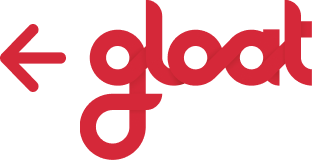

12 Workforce agility statistics:
what workers want, what HR can deliver.
Our Gloat Research Group survey connects the dots between employee wishes and
organizational capacity and distills what it takes to unlock workforce agility




